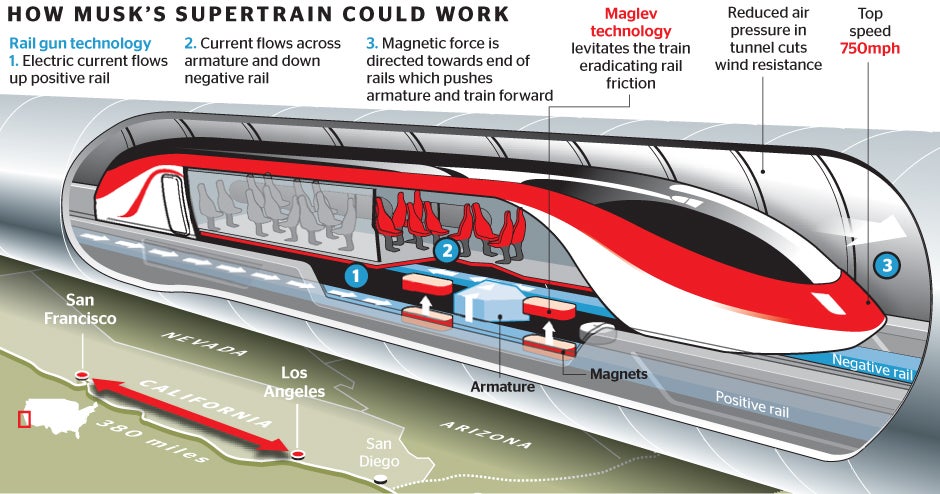3D printers have been all the rage lately. In the past few years, we’ve started to see mainstream uses of the technology as the price of 3D printers (while still not cheap) fall. One of the potentially greatest uses for this technology is the implications it has for the medical community; from hard casts for broken bones to heart valves printed with bio materials, the possibilities are endless, but many are still in the developing stages. But in the field of prosthetics, huge advances are already being made largely due to these printers.
E-Nable is an organization that describes itself as “a global network of passionate volunteers using 3D printing to give the world a “Helping Hand.” Founded in 2013 by Rochester Institute of Technology by research scientist Jon Schull, E-Nable began as an online network providing locations of centers that had the capabilities to print prosthetic limbs using open-source blueprints. This way, people with missing limbs could get in contact with the centers and request a limb for far less than a traditional prosthetic would cost (a comparable, traditionally-made limb would run between $6,000 and $10,000) . It has since evolved into the area of designing limbs to make them as efficient as possible. Patients can receive one of these 3D printed limbs for no charge (the material cost is about $35, but can be covered by donations), making it a life changer for some, especially children. In the past, it was very uncommon for children born without hands or forelimbs to have prosthetics, because they were too costly to refit and replace every year as the child outgrew them. With 3D printing and E-Nable, the limbs become so cheap that families have that financial burden lifted. They plan to give away over 6,000 limbs over the next two years. While these E-Nable devices have not (at least, not yet) brought an end to demand for traditional prosthetics, it’s focus on underserved communities around the world have made it a viable option for many.
3D printing is also inspiring researchers to build cheaper robotic prosthetics as well. Joel Gibbard of Open Bionics is developing a 3D printed robotic arm that can be made in 40 hours and will sell for around $2,000 (compared to a traditional robot arm that would cost anywhere from $50-100,000). He too hopes that these limbs will especially serve children who can’t afford to replace a high functioning prosthetics often.
What other medical problems do you think 3D printers could be useful in solving?
You can check out a video of an E-Nable limb in action below!





